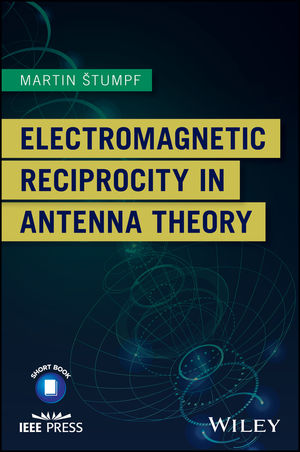In my experience, VSWR can make a pretty big difference on reception. I have a 40m off-center fed dipole antenna, a Palstar AT500 tuner, and a Yaesu 991A transciever. When I move between bands (80, 40, 20, 17, 15, 12m, etc), there is a big audible difference and improvement in reception when I tune the antenna for each specific band. I can also “see” the improvement on the waterfall scope as background noise and weaker signals appear as the antenna gets tuned. For instance, when I am tuned for 40m and switch to 80m, the 80m band is absolutely deaf until I tune the antenna for 80m. Once tuned, I can hear and see the signals within the band.
As everyone else said, it is absolutely crucial to tune the antenna before transmitting, but in my experience it also improves reception. Curiously, the built in tuner on my transceiver does not affect reception only because it is not situated on the reception side of the circuit. The external tuner however, between the radio and antenna, does.



